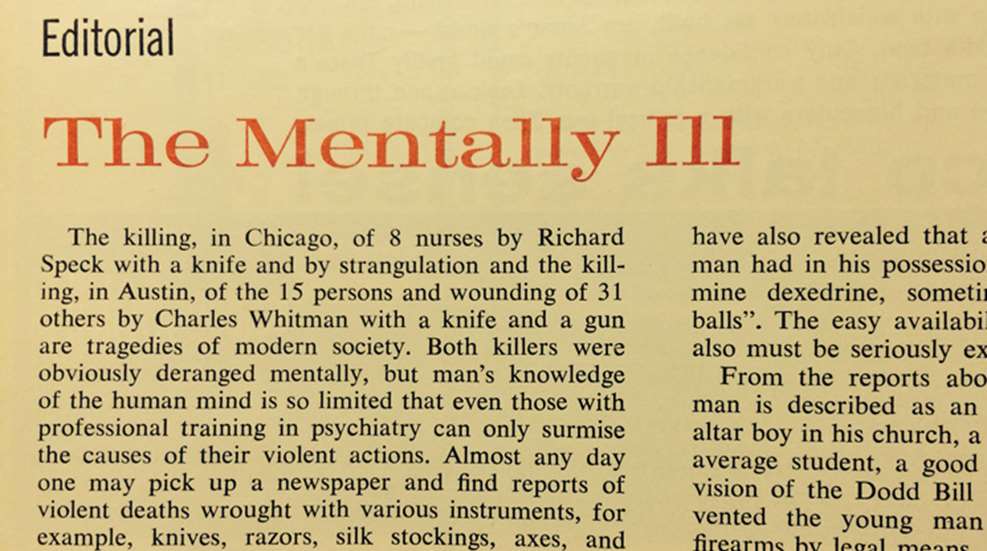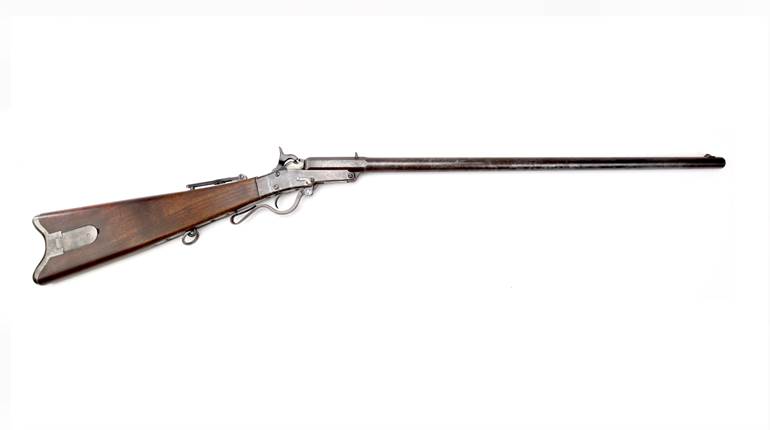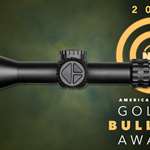
The killing, in Chicago, of 8 nurses by Richard Speck with a knife and by strangulation and the killing, in Austin, of the 15 persons and wounding of 31 others by Charles Whitman with a knife and a gun are tragedies of modern society. Both killers were obviously deranged mentally, but man’s knowledge of the human mind is so limited that even those with professional training in psychiatry can only surmise the causes of their violent actions. Almost any day one may pick up a newspaper and find reports of violent deaths wrought with various instruments, for example, knives, razors, silk stockings, axes, and guns, by individuals who are described as mentally disturbed.
Certainly the time is at hand to seek means by which society can identify, treat, and temporarily isolate such individuals. Obviously, elimination of the instrument by which these crimes are committed cannot arrest the ravages of a psychotic murderer.
In our society it is a legal requirement for physicians to report to local authorities those individuals with communicable diseases so that potential sources of danger to society can be identified. Likewise, physicians who treat gunshot wounds are required to report the incidents to the local police so that proper authorities can be alerted to a danger to society.
Certainly physicians who learn of such dangers to society, through psychiatric interviews and procedures, should be required to notify the U. S. Public Health Service or the police of the potential source of danger.
The psychiatrist to whom Whitman turned earlier this year discloses that during an interview Whitman revealed his intent to climb the tower of the University of Texas to shoot those individuals he found below. In this comment, society had a warning that it did not heed. The consequence was a terrible tragedy.
From the many news reports, it is known that at the time of the shootings in Austin, there were possibly physical sources of some of Whitman’s troubles. For example, the autopsy has revealed the presence of a tumor on Whitman’s brain. Newspaper accounts have also revealed that at the time of death, Whitman had in his possession a supply of the amphetamine dexedrine, sometimes referred to as “goof balls.” The easy availability of drugs of these types also must be seriously examined.
From the reports about the man himself, Whitman is described as an exemplary man—a former altar boy in his church, a Boy Scout leader, an above average student, a good son and husband. No provision of the Dodd Bill (S. 1592) would have prevented the young man Whitman from obtaining firearms by legal means. It is recognized that no law could be formulated that would prevent a Whitman from obtaining firearms without prohibiting firearms to all persons.
Certainly it is contradictory that those who favor passage of the Dodd Bill must first explain that the S. 1592 would not have prevented the tragic shooting in Austin and then urge its passage as a means to control firearms.
Governor John Connally of Texas had a noteworthy comment:
“This man is dead, and my feelings have nothing to do with this particular instance, but we’ve reached the point where we tend to coddle our criminals. It’s getting to the point where a policeman no longer can feel free to pursue his duties without fear of attack.
“We need substantial tightening of our laws dealing with criminals, as far as they concern treatment of crimes in this country.”
Governor Connally said he was in favor of constitutional rights for accused persons “but these 15 people who also died had some constitutional rights, too. They had the right not to be killed by some maniac.”
The early identification, cure, and treatment of 2 1/2 million mentally ill in the United States assumes a new importance of tremendous dimensions. The National Rifle Association urges the Congress to fully study the question and to analyze what appropriate steps can be taken to solve the problem.
(Permission is granted to reprint this editorial. The American Rifleman, Washington, D.C., September 1966)





































